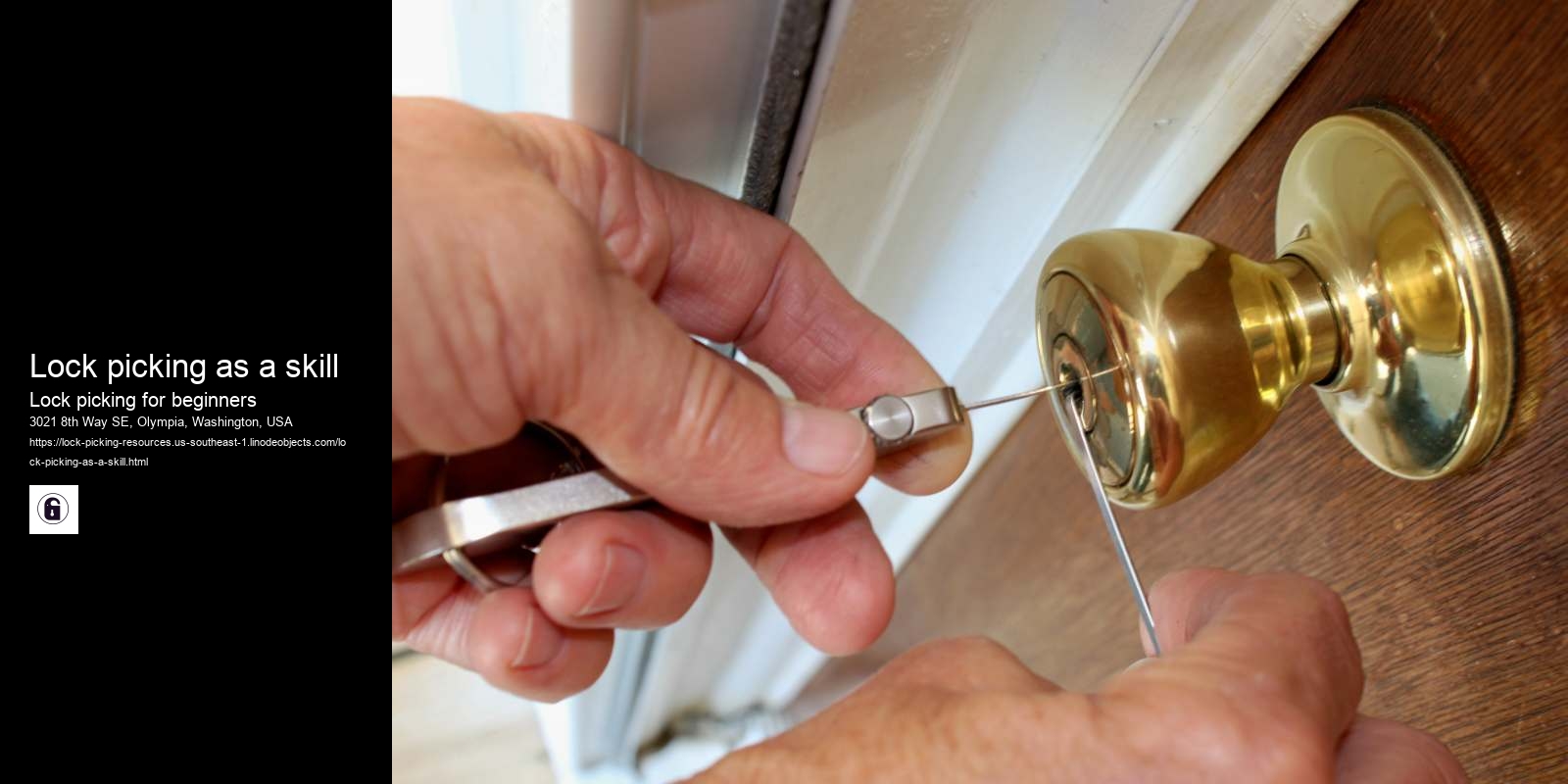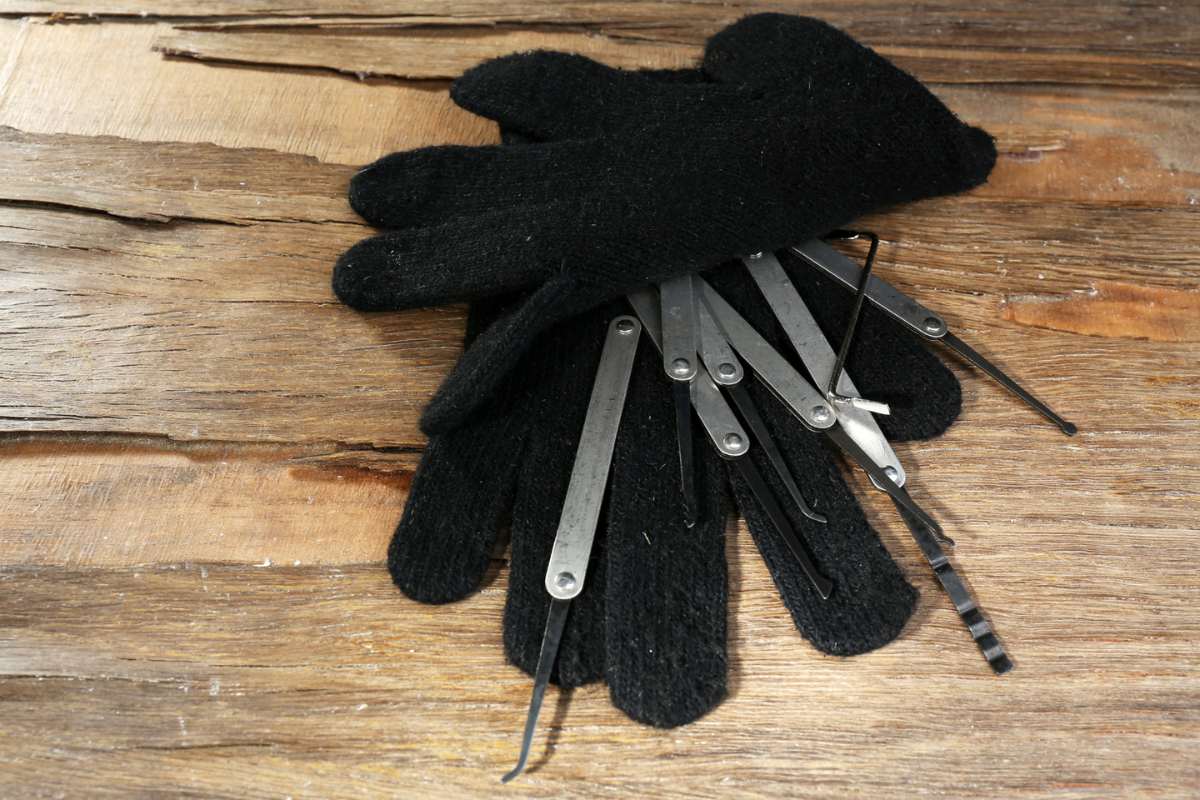What is a bump key?
The length of time it takes to learn lockpicking can vary depending on a variety of factors, including natural aptitude, previous experience with mechanical devices, and the level of complexity of the locks being picked. Some people may be able to learn the basics of lockpicking relatively quickly, while others may require more time and practice.
Generally, it is recommended that beginners start with simple locks, such as padlocks or basic pin tumbler locks, before moving on to more complex locks. With regular practice and feedback from experienced lockpickers, a beginner can start to develop the skills and techniques necessary to successfully pick more challenging locks.
Learning lockpicking can also involve studying lock design and mechanics, as well as understanding the legal and ethical implications of the practice. Some individuals may choose to take courses or workshops in lockpicking, which can provide hands-on experience and guidance from experienced lockpickers.


